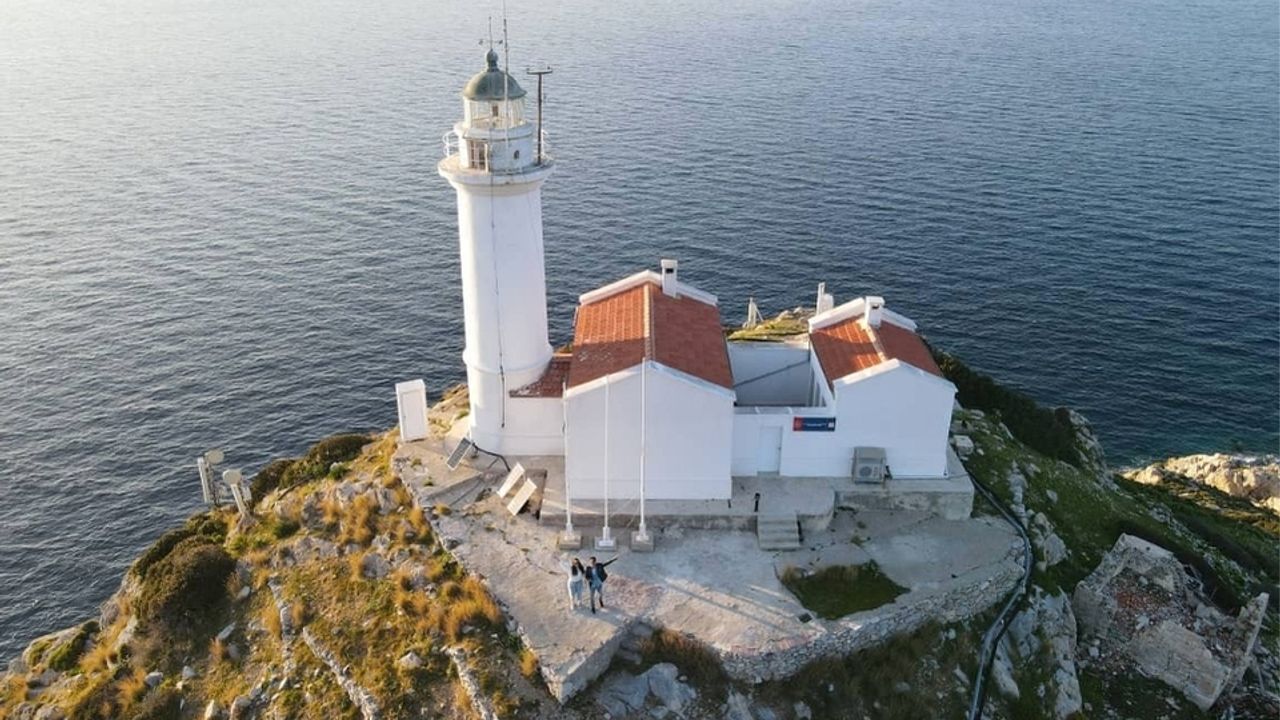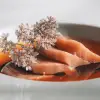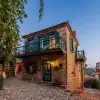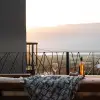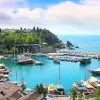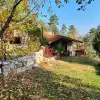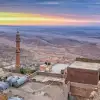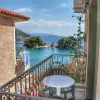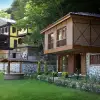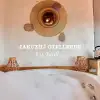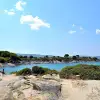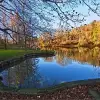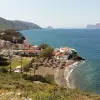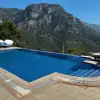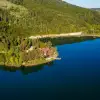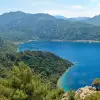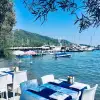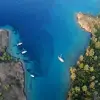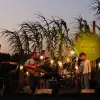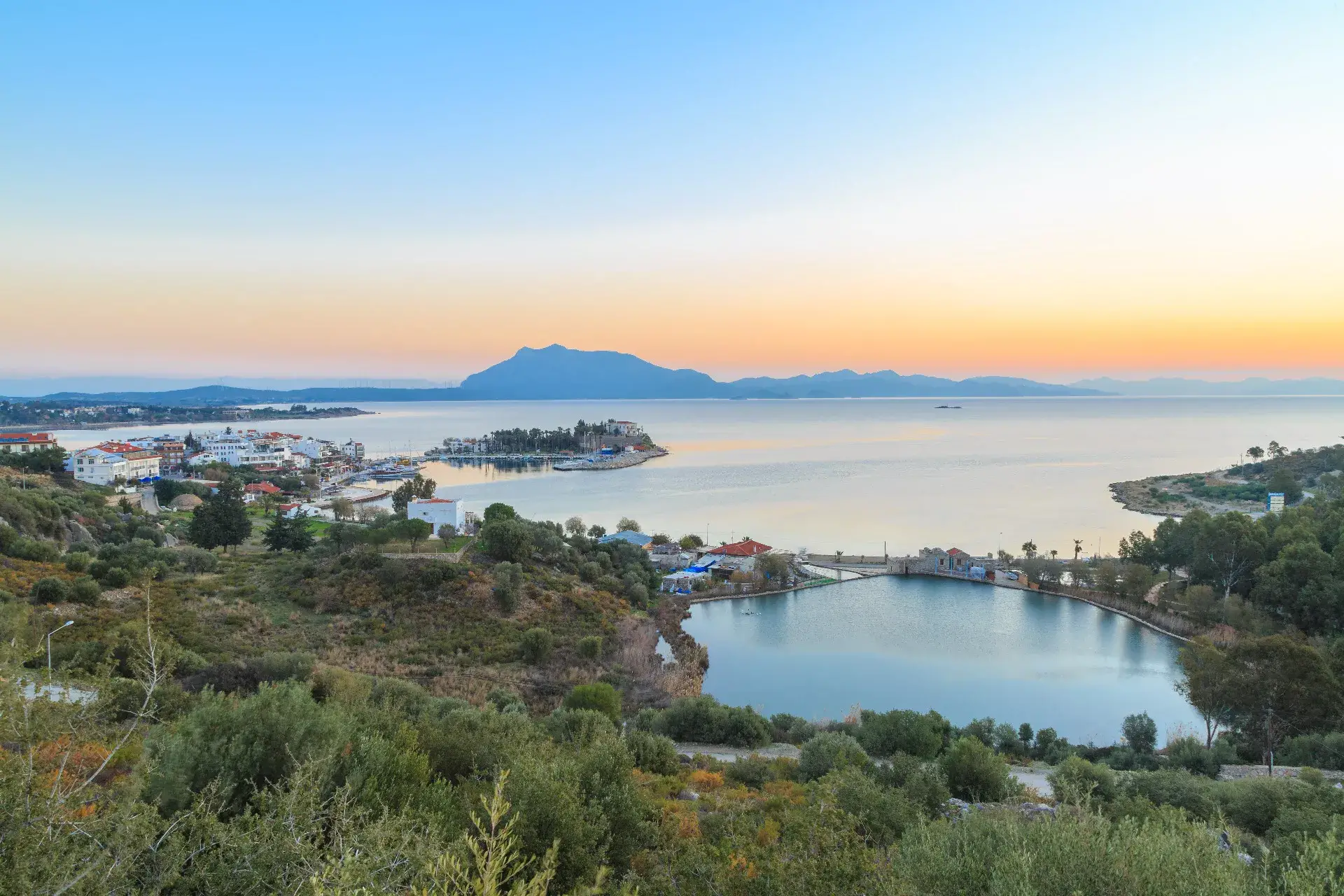
Places to Vısıt ın Datca, Aegean Paradıse
Datça is one of the most peaceful and secluded corners of the Aegean Sea. With its deep blue sea, coves known as bük, and nature filled with the scent of olive and pine trees, it is a place that captivates visitors from the moment they arrive. Everyone who visits Datça shares the same opinion: this place has a different pace, a different spirit. As you walk through its narrow streets, you seek shelter in the shade of stone houses and catch glimpses of the sea's blue through the bougainvillea. It is no coincidence that Can Yücel spent the last years of his life here; time slows down here, and sometimes even seems to stop completely. This elegant peninsula in southwestern Turkey is perfect for those who want to escape to nature and those who seek a journey intertwined with history. From ancient Knidos to the quiet streets of Old Datça, every corner tells a different story. The saying, “If you’re in a hurry, what are you doing in Datça?” is apt, because Datça doesn’t rush; it has its own unique rhythm.
Knidos Ancient City
Knidos welcomes you at the tip of the Datça Peninsula, where the road ends. The road is a bit winding, especially in the last part, and requires patience, but when you arrive, you realise it was worth it. Built on a piece of land divided by the sea, this ancient city was once both a port and a cultural centre. It has a history dating back to the 4th century BC. Knidos is not just an archaeological site, but also one of the best spots in the Aegean to watch one of the most beautiful sunsets. There used to be a Temple of Aphrodite here. In fact, the famous sculptor Praxiteles' nude statue of Aphrodite was here for many years, and people would travel from port to port just to see it, coming here and being amazed by it. The statue is no longer here, but its story still lingers in the spirit of this place. As you begin your tour, you will encounter the remains of a gymnasium, a theatre, a temple and harbour structures. Some are still standing, some are in ruins, but each one still has many stories to tell. As you walk among the stones, you can imagine that this place was once the centre of a life filled with art, science and trade. Be sure to bring water with you when you go, and a hat would be good too. The Museum Card is accepted. Most importantly, try to go close to sunset. Sitting on the theatre steps and watching the sun slowly sink into the sea is perhaps the most beautiful story Knidos will tell you.
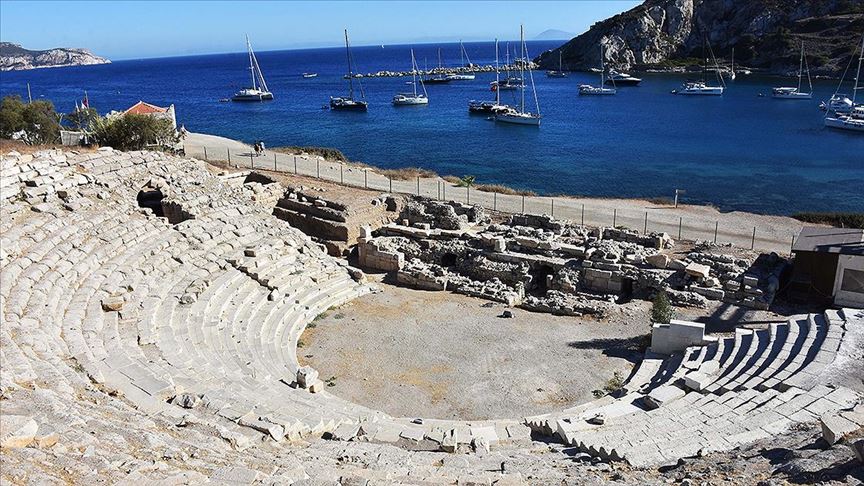
Old Datca
Don't pass by Old Datça without stopping. It's not just a neighbourhood; with its stone walls, streets entwined with bougainvillea and slow-paced lifestyle, it's a whole different world. It’s quite close to the centre, but its atmosphere makes you feel as if you were miles away. It is said that the first settlements here date back to the 11th century BC, but even in its current state, it feels as if you are walking back in time. The stone houses you encounter as you walk through the narrow streets are not just for show; they are real homes where life continues. The windows are open, and you can hear the clinking of pots or the sound of a tea spoon from inside. Greeting a couple of locals sitting in front of their doors is also part of the natural charm of this place. We must not forget to mention Can Yücel, the person whose name you will hear most often in these streets. His house is still standing; flowers have been respectfully left at the front door, and a few of his verses are written on the wall. You understand much better why Can Yücel chose this place when you walk here one afternoon. Small boutique shops, local art studios and galleries scattered throughout the streets beckon you. Everything is handmade, everything belongs here. If you want to take a coffee break, you can sit in the small cafés with stone courtyards and forget how time passes. Old Datça is not a place to rush through. There’s no need to hurry anyway. Let your feet touch the ground, let the sound of the stones mingle with your ears, and if there’s a light breeze by your side, that’s perfect.
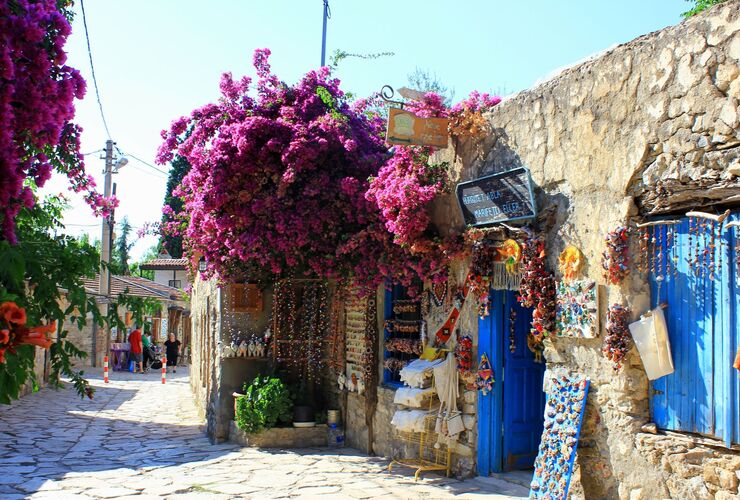
Caria Road
Karia Yolu, yürüyerek keşfetmenin ne kadar özel bir deneyim olduğunu hatırlatan yerlerden biri. Türkiye'nin en uzun yürüyüş rotalarından biri olan bu yol, özellikle doğayı sevenler için gerçek bir hazine. Muğla’nın farklı bölgelerinden geçiyor ama kabul edelim, Datça kısmı bir başka güzel. Koylar, tepeler, taş patikalar ve arada karşınıza çıkan antik kalıntılarla sanki tarih ve doğa el ele vermişte, sizi bu yolda karşılıyor gibi. Datça’da Karia Yolu’nun içinden geçen bölümler, manzarasıyla ve havasıyla oldukça büyülüyor. Yol, sizi öyle bir tempoya sokuyor ki şehirde unuttuğunuz “yavaş yaşam” fikri yeniden aklınıza düşüyor. Kimisi sabah erkenden yürümeye başlıyor, kimisi gün batımını yakalamak için çıkıyor bu rotaya. Yılın neredeyse her dönemi yürünebiliyor ama ilkbahar ve sonbahar ayları serin olması açısından en keyifli zamanları diyebiliriz. Datça’yı sadece deniz kenarından ibaret sanıyorsanız, Karia Yolu size bambaşka bir yüzünü gösteriyor. Bu rota sadece yürümek için değil; mola verdiğiniz köy kahvelerinde soluklanmak, yolda bir çam gölgesinde kitabınızı açmak ve doğanın içinden geçerken zihninizi temizlemek için de birebir.

Can Yücel House
Can Yücel's house stands quietly among the stone streets of Old Datça. There is no sign to catch your attention, nor is it a flashy building. As you enter the street, you will see ‘Can Yücel Street’ written on the wall. That small house with the red door is where you want to go. It is where the poet spent his last years, where time passed a little more slowly. The house is often closed, and you may not be able to enter. As you walk down that street, Can Yücel's verses suddenly come to mind. Perhaps it's not ‘One day I read a poem, and my life changed,’ but it's a moment when you stop and catch your breath. Every year on 12 August, on the anniversary of his death, a small memorial service is held. On those days, the house’s door is opened. Poems are read, wine is drunk, and people listen quietly. It feels as though Can Yücel is still there. This house is not a museum; let’s not forget that. If you come here, don’t rush. Sit down, look quietly, because sometimes a place’s spirit speaks, and you just listen.
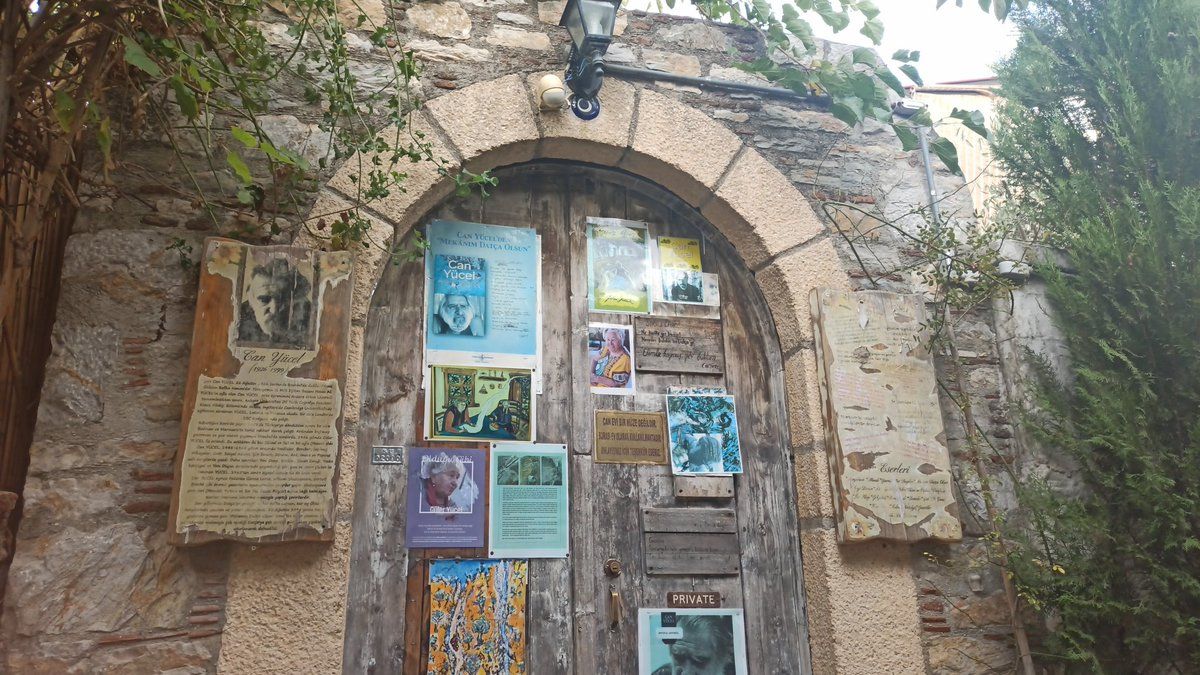
International Knidos Culture and Art Academy
One of Datça's quiet and art-filled corners, the International Knidos Culture and Arts Academy is a place that came to life with the restoration of an old village school. It is located in Yakaköy, very close to ancient Knidos. This is not just a workshop where artists come to create their works, but also a special area where visitors can view sculptures outdoors and experience art and nature together. Workshops are held in many different art forms, from painting to ceramics, sculpture to theatre, and the place is enlivened with various events throughout the year. If you want to immerse yourself in both nature and art while exploring Datça, you should definitely add this place to your itinerary. Strolling through its peaceful gardens, feeling the quiet beauty of art, and spending time in the magical atmosphere of Knidos nourishes the soul.
Knidos Lighthouse
Knidos Lighthouse is located at the tip of Datça, on top of the rocky cliffs that meet the sea. Built in 1931, it has been lighting the way for sailors ever since. Here, you can enjoy views of both the Aegean and Mediterranean seas at the same time, and it would not be an exaggeration to say that the sunset here is a true visual feast. The hike may be a bit challenging as the area is rocky and windy, but if you bring comfortable shoes and water, you can enjoy a pleasant nature walk. The peacefulness of the lighthouse and its unique views make this a must-see destination in Datça.
